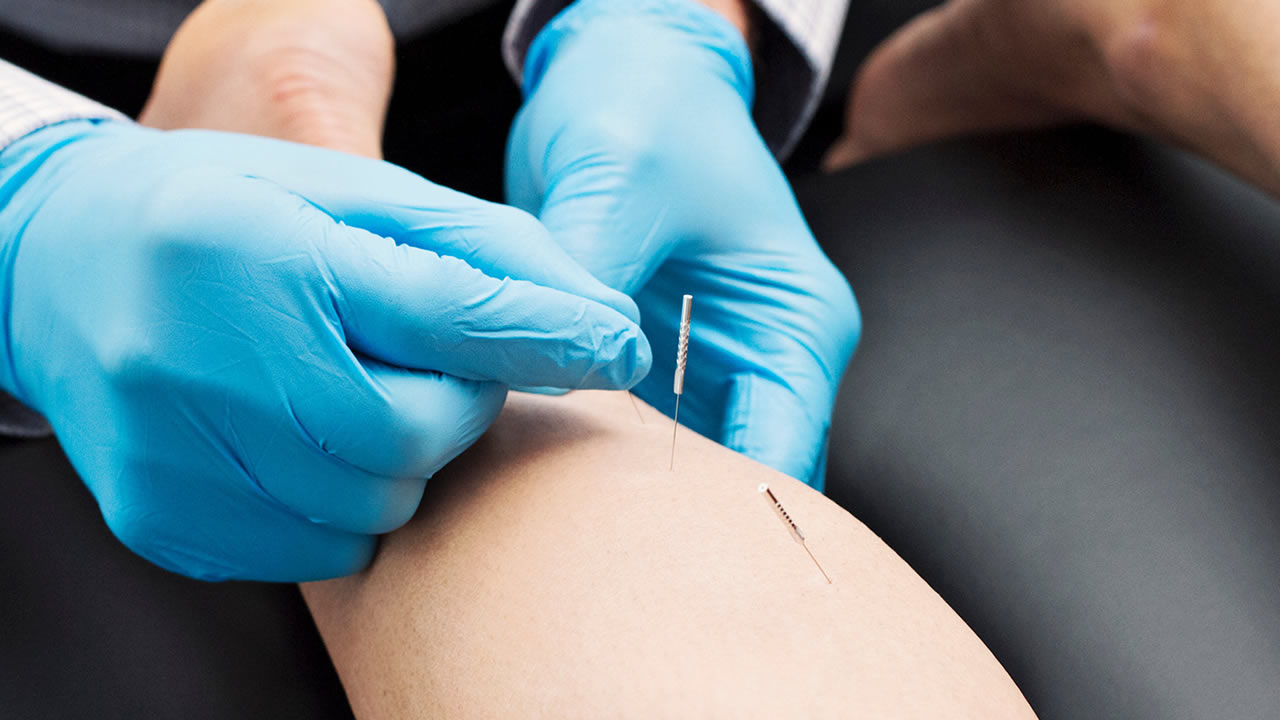What is a trigger point?
A trigger point is a taut band of tissue that is felt within the muscle tissue and is often tender to touch. The taut band of tissue is an area in which the muscle cannot relax out of a contracted state. This can happen for many reasons. On a local level, it can be because of an imbalance in the chemicals/electrolytes that come in and out of a muscle and result in its contraction and relaxation. It’s often an area of stasis or immobility, where blood flow and oxygen are restricted and the muscle tissue can’t work efficiently. On a more systemic level, trigger points can result from communication from the brain. For example, if the brain feels that a certain area of the body should be more protected, it may send a signal to create tension in the surrounding muscles.
There is a lot more that goes into this but, in summary, if there is an area of the muscle that isn’t working efficiently because of a communication error or trigger point, it can put a strain on surrounding tissues (muscles fibers of the same muscle, tendons attached to the muscle, the joint associated with the muscle, etc).
Is needling just for trigger points?
In some schools of thought, dry needling is called “trigger point dry needling.” It was originally discovered during a study of trigger points. Researchers were trying to see if trigger points were responsible for the pain people felt in other areas of the body (referred pain). They injected subjects with lidocaine. The control group got injected with a “dry needle” and researchers realized the trigger points were responding to the pressure of the needle, with or without an injection of lidocaine.
In our practice, I like to use the term “functional dry needling.” This is how we learned it and it makes a lot more sense. As mentioned above, trigger points often have a bigger reason for being there. With every injury we see at Omega Project, we are always trying to find the root cause of injury. This means we look at the whole body to figure out why you got injured where you did. With dry needling, we are not treating trigger points but rather the way the brain and nerves communicate with the muscle tissue. Depending on what we’re trying to accomplish, the results of our treatment can increase strength, improve joint mobility, decrease pain, and more. Our tissues usually respond very quickly to this treatment, so we can treat a lot more areas than we could with more traditional hands-on techniques (or just shorten the overall treatment time and visits!).
Does dry needling hurt?
When I discuss the treatment with my patients, I let them know that I don’t want to give them too many expectations. There is quite a range for how everyone tolerates dry needling and how painful it feels. This can depend on the person and the body part. The important thing is to know that you’re in control. If you want to try it and decide it’s not for you after one needle, that’s fine! However, most people either tolerate it very well or decide to tolerate it after seeing how well it works. 😉
Do I need a prescription for dry needling?
In Delaware, it is required that a doctor give you a prescription that specifically OKs dry needling. Even though you can start treatment with us without a prescription because of direct access, the guidelines are different for dry needling.
What happens after dry needling?
Manual treatments like dry needling are rarely effective as a stand-alone treatment. Whatever movement was gained through treatment needs to be reinforced. This is why we always prescribe a mobility and STRENGTH program to make sure you can keep doing what you love.

